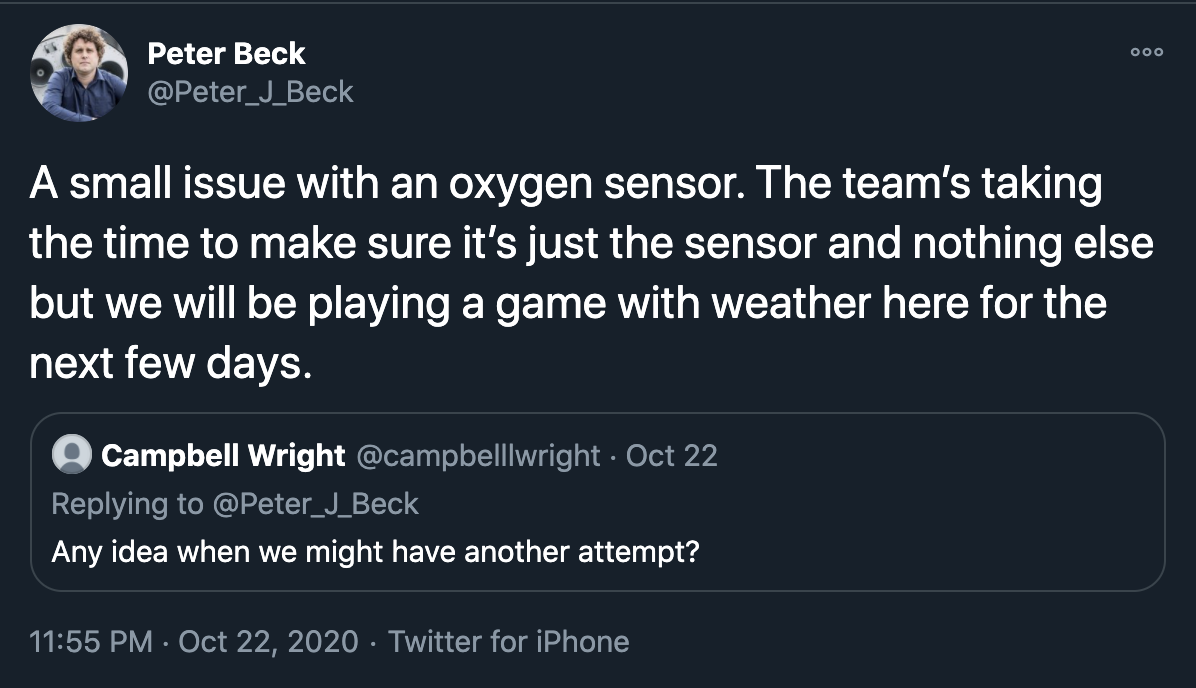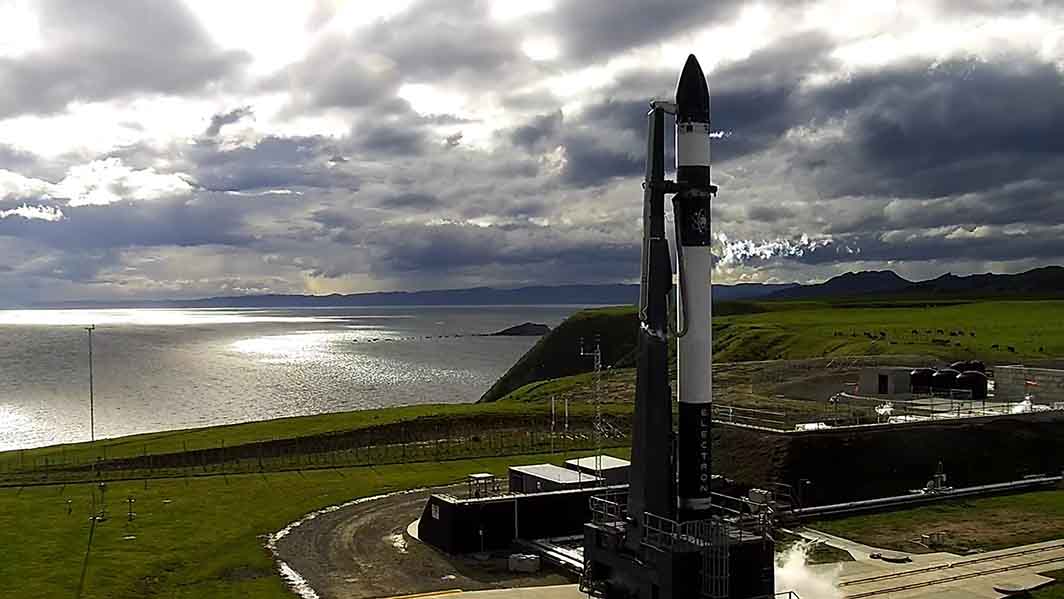
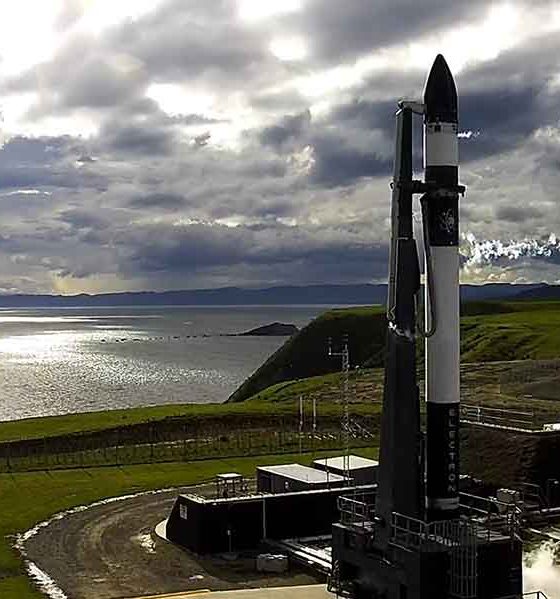
News
Rocket Lab “In Focus” mission ready to launch after scrubbed first attempt
On Wednesday, October 21, Rocket Lab held a launch countdown ahead of the fifteenth mission of its small rocket, Electron. The mission nicknamed “In Focus,” was slated to take off from the company’s primary launch pad at Launch Complex 1 on the Mahia Peninsula in New Zealand. Ultimately, the launch attempt was scrubbed due to an off-nominal oxygen sensor.
Rocket Lab did not immediately disclose a new targeted launch date, but did state that the launch window for the “In Focus” mission extended for nearly two-weeks. Rocket Lab founder and chief executive officer, Peter Beck, said in a Twitter post that, “the team’s taking the time to make sure it’s just the sensor and nothing else.” Beck also stated that weather moving into the area could pose a challenge for finding a new acceptable launch date.
Just two days later, Rocket Lab announced that a second launch attempt of the rideshare mission supporting ten Earth-observation satellites would occur at 5:14pm EDT (21:14 UTC) Wednesday, October 28. Should the second attempt be thwarted by uncooperative weather, daily opportunities to launch Electron are available until November 3.
What’s on board:
The fifteenth overall flight of Electron and fifth mission of 2020, is a rideshare mission that supports payloads for Canon Electronics Inc. and Earth-imaging services provider Planet. The payload, carefully mounted on the Rocket Lab Electron Kick Stage, consists of one nine SuperDove Flock 4e Planet microsatellites inside of Rocket Lab’s protective Maxwell payload dispensers. The entire stack is topped by Canon Electronics Inc.’s CE-SAT-IIB satellite procured by mission management provider Spaceflight Inc. All ten payloads are securely fixed atop the Electron Kick Stage.
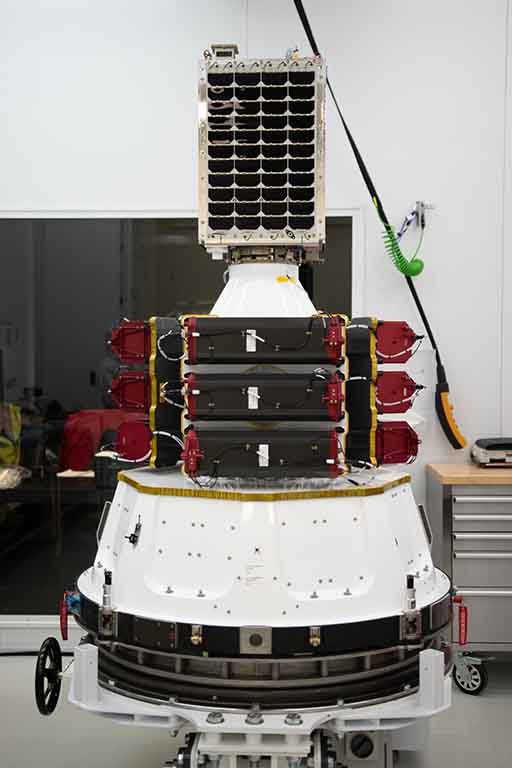
The Electron Kick Stage – a capable extra stage on Electron – is designed to circularize orbits and deploy multiple payloads to independent and precise destinations. The Kick Stage is powered by a small, but powerful Curie engine. All ten of the satellite payloads aboard the “In Focus” mission are expected to be delivered to a 500km morning-crossing Sun Synchronous Orbit.
Prior to flight, the payload was encapsulated inside of the Electron’s protective payload fairing. In traditional fashion, Rocket Lab outfitted the fairing with the mission patch artwork created specifically for Electron’s fifteenth “In Focus” mission.
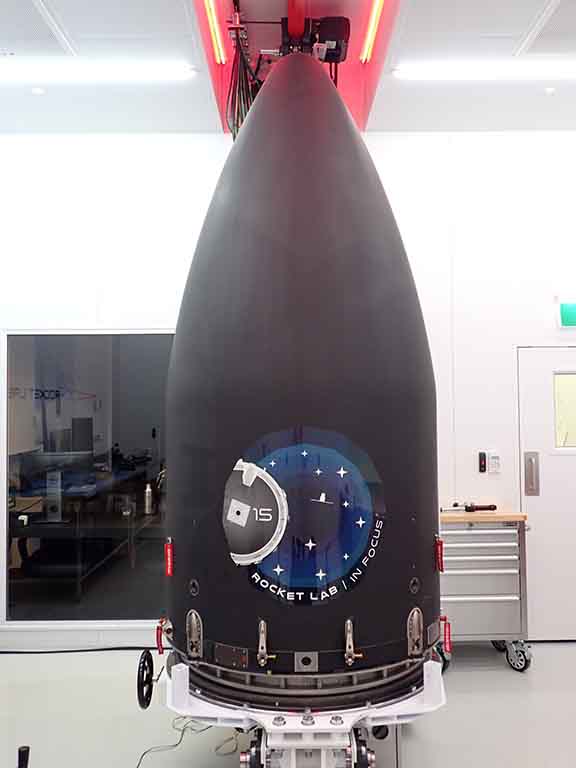
After encapsulation inside the fairing, the payload was integrated with the Electron first-stage booster. After a short trip from the assembly facility, Electron was raised vertically at Launch Complex 1 to complete a successful wet dress rehearsal – a standard pre-flight run-through of all launch procedures. The purpose of the wet dress rehearsal is to run through all of the launch day procedures including filling the rocket with RP-1 – a rocket grade kerosene – and liquid oxygen.
Launch teams conducted the practice launch on Thursday, October 8 proceeding through all countdown milestones right up until T-0 and engine ignition. This process ensures that the vehicle and launch teams are ready for flight. It also provides an opportunity to catch and address any anomalies that may arise prior to launch day.
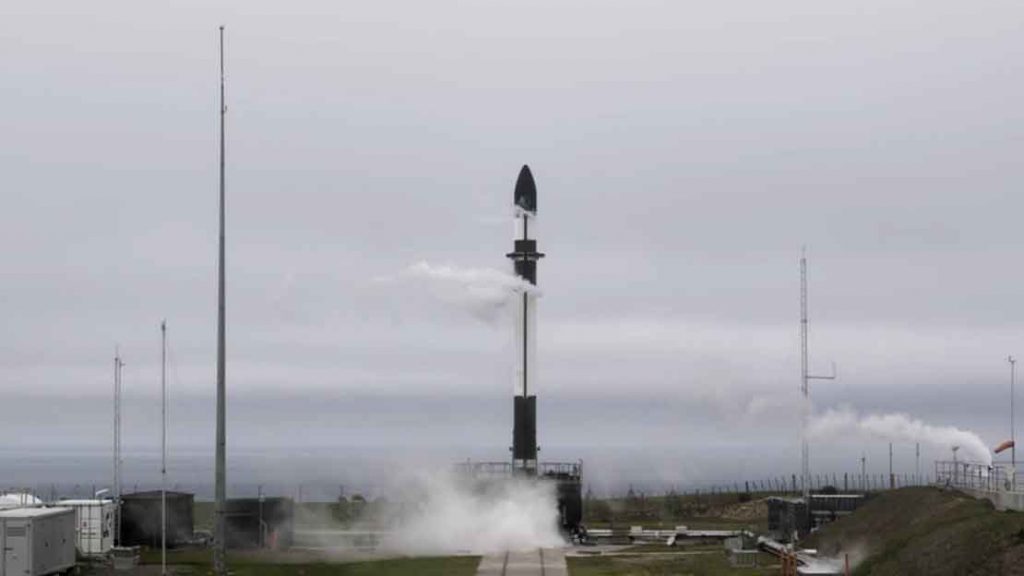
What to expect on launch day:
Approximately four hours ahead of the launch attempt Rocket Lab will once again return Electron to vertical launching position at Launch Complex 1 in New Zealand. In the time prior to the fueling of the rocket, safety checks of the launch complex will be conducted and marine hazard zones and airspace will be closed and secured to all traffic. Fueling of the rocket will begin just two hours ahead of the launch attempt.
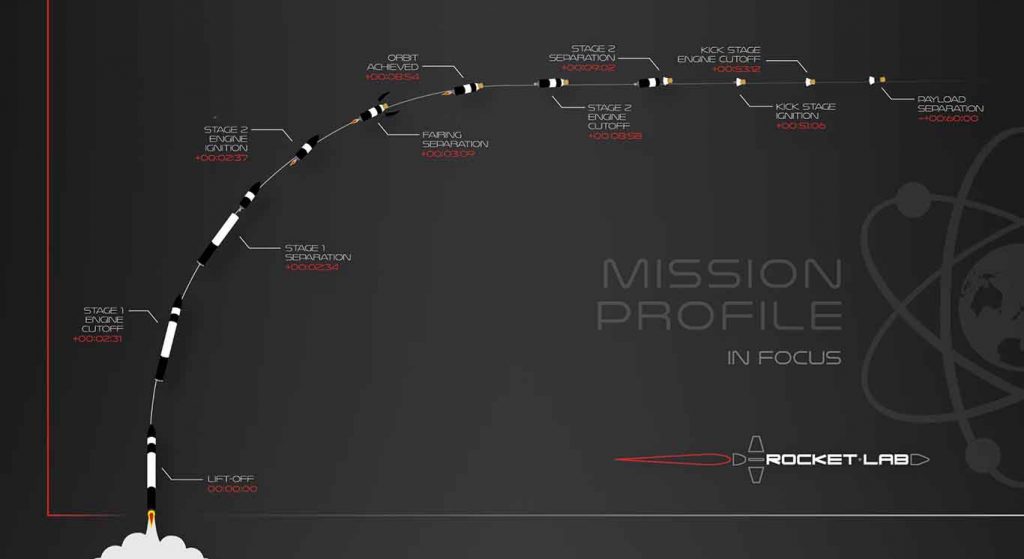
At T-0 Electron will be propelled to space by nine 3D-printed Rutherford electro-turbopump engines. Approximately 2 minutes and 34 seconds after liftoff Electron’s first stage will separate while the second stage engine ignites. Unique to the Electron, a “hot swap” of the batteries powering the electro-turbopump of the second stage will be performed – swapping out the power source of expelled batteries with new ones – at 6 minutes and 32 seconds after liftoff. The second stage is expected to arrive at an initial parking orbit approximately 8 minutes and 54 seconds after liftoff.
A brief ten seconds later the Kick Stage will separate from the second stage. Approximately 51 minutes and 06 seconds after liftoff the Kick Stage’s Curie engine will ignite to propel the payloads to their final circular Sun-Synchronous Orbits. Payload deployment is expected at the 60-minute mark after liftoff.
Rocket Lab will provide a live hosted webcast of the second launch attempt of the “In Focus” mission on Wednesday, October 28 on the company’s YouTube channel approximately fifteen minutes before liftoff. Should a scrub occur, Rocket Lab will announce a new targeted launch date on the company’s social media channels.

News
Tesla dispels reports of ‘sales suspension’ in California
“This was a “consumer protection” order about the use of the term “Autopilot” in a case where not one single customer came forward to say there’s a problem.
Sales in California will continue uninterrupted.”

Tesla has dispelled reports that it is facing a thirty-day sales suspension in California after the state’s Department of Motor Vehicles (DMV) issued a penalty to the company after a judge ruled it “misled consumers about its driver-assistance technology.”
On Tuesday, Bloomberg reported that the California DMV was planning to adopt the penalty but decided to put it on ice for ninety days, giving Tesla an opportunity to “come into compliance.”
Tesla enters interesting situation with Full Self-Driving in California
Tesla responded to the report on Tuesday evening, after it came out, stating that this was a “consumer protection” order that was brought up over its use of the term “Autopilot.”
The company said “not one single customer came forward to say there’s a problem,” yet a judge and the DMV determined it was, so they want to apply the penalty if Tesla doesn’t oblige.
However, Tesla said that its sales operations in California “will continue uninterrupted.”
It confirmed this in an X post on Tuesday night:
This was a “consumer protection” order about the use of the term “Autopilot” in a case where not one single customer came forward to say there’s a problem.
Sales in California will continue uninterrupted.
— Tesla North America (@tesla_na) December 17, 2025
The report and the decision by the DMV and Judge involved sparked outrage from the Tesla community, who stated that it should do its best to get out of California.
One X post said California “didn’t deserve” what Tesla had done for it in terms of employment, engineering, and innovation.
Tesla has used Autopilot and Full Self-Driving for years, but it did add the term “(Supervised)” to the end of the FSD suite earlier this year, potentially aiming to protect itself from instances like this one.
This is the first primary dispute over the terminology of Full Self-Driving, but it has undergone some scrutiny at the federal level, as some government officials have claimed the suite has “deceptive” naming. Previous Transportation Secretary Pete Buttigieg was vocally critical of the use of the name “Full Self-Driving,” as well as “Autopilot.”
News
New EV tax credit rule could impact many EV buyers
We confirmed with a Tesla Sales Advisor that any current orders that have the $7,500 tax credit applied to them must be completed by December 31, meaning delivery must take place by that date. However, it is unclear at this point whether someone could still claim the credit when filing their tax returns for 2025 as long as the order reflects an order date before September 30.
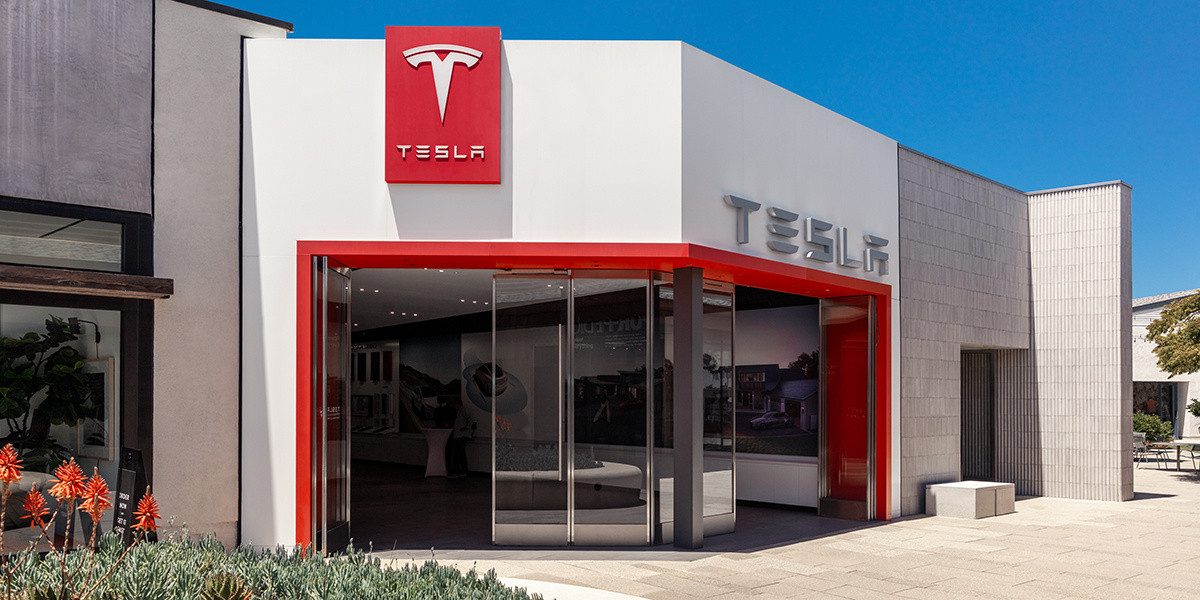
Tesla owners could be impacted by a new EV tax credit rule, which seems to be a new hoop to jump through for those who benefited from the “extension,” which allowed orderers to take delivery after the loss of the $7,500 discount.
After the Trump Administration initiated the phase-out of the $7,500 EV tax credit, many were happy to see the rules had been changed slightly, as deliveries could occur after the September 30 cutoff as long as orders were placed before the end of that month.
However, there appears to be a new threshold that EV buyers will have to go through, and it will impact their ability to get the credit, at least at the Point of Sale, for now.
Delivery must be completed by the end of the year, and buyers must take possession of the car by December 31, 2025, or they will lose the tax credit. The U.S. government will be closing the tax credit portal, which allows people to claim the credit at the Point of Sale.
🚨UPDATE: $7,500 Tax Credit Portal “Closes By End of Year”.
This is bad news for pending Tesla buyers (MYP) looking to lock in the $7,500 Tax Credit.
“it looks like the portal closes by end of the year so there be no way for us to guarantee the funds however, we will try our… pic.twitter.com/LnWiaXL30k
— DennisCW | wen my L (@DennisCW_) December 15, 2025
We confirmed with a Tesla Sales Advisor that any current orders that have the $7,500 tax credit applied to them must be completed by December 31, meaning delivery must take place by that date.
However, it is unclear at this point whether someone could still claim the credit when filing their tax returns for 2025 as long as the order reflects an order date before September 30.
If not, the order can still go through, but the buyer will not be able to claim the tax credit, meaning they will pay full price for the vehicle.
This puts some buyers in a strange limbo, especially if they placed an order for the Model Y Performance. Some deliveries have already taken place, and some are scheduled before the end of the month, but many others are not expecting deliveries until January.
Elon Musk
Elon Musk takes latest barb at Bill Gates over Tesla short position
Bill Gates placed a massive short bet against Tesla of ~1% of our total shares, which might have cost him over $10B by now
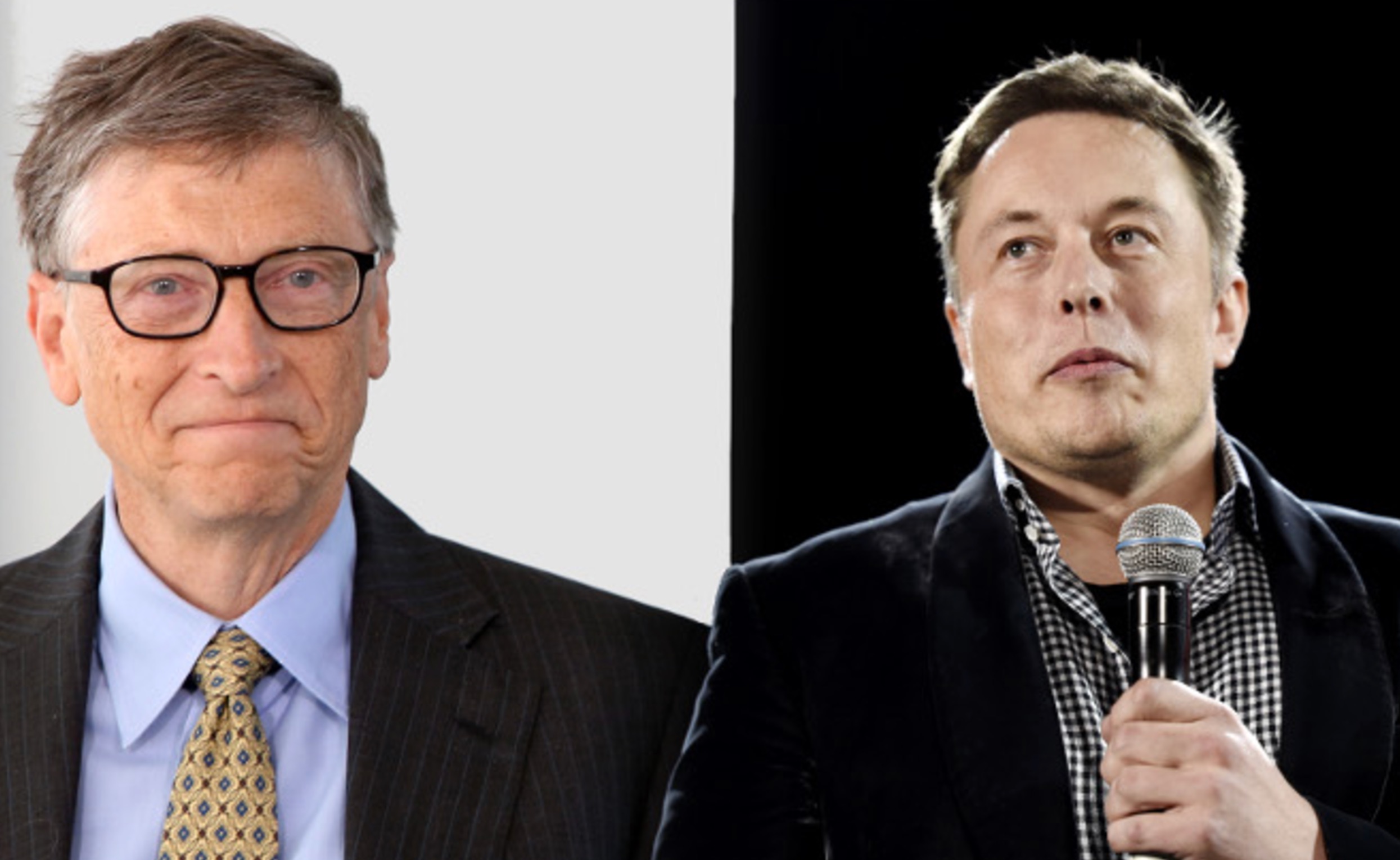
Elon Musk took his latest barb at former Microsoft CEO Bill Gates over his short position against the company, which the two have had some tensions over for a number of years.
Gates admitted to Musk several years ago through a text message that he still held a short position against his sustainable car and energy company. Ironically, Gates had contacted Musk to explore philanthropic opportunities.
Elon Musk explains Bill Gates beef: He ‘placed a massive bet on Tesla dying’
Musk said he could not take the request seriously, especially as Gates was hoping to make money on the downfall of the one company taking EVs seriously.
The Tesla frontman has continued to take shots at Gates over the years from time to time, but the latest comment came as Musk’s net worth swelled to over $600 billion. He became the first person ever to reach that threshold earlier this week, when Tesla shares increased due to Robotaxi testing without any occupants.
Musk refreshed everyone’s memory with the recent post, stating that if Gates still has his short position against Tesla, he would have lost over $10 billion by now:
Bill Gates placed a massive short bet against Tesla of ~1% of our total shares, which might have cost him over $10B by now
— Elon Musk (@elonmusk) December 17, 2025
Just a month ago, in mid-November, Musk issued his final warning to Gates over the short position, speculating whether the former Microsoft frontman had still held the bet against Tesla.
“If Gates hasn’t fully closed out the crazy short position he has held against Tesla for ~8 years, he had better do so soon,” Musk said. This came in response to The Gates Foundation dumping 65 percent of its Microsoft position.
Tesla CEO Elon Musk sends final warning to Bill Gates over short position
Musk’s involvement in the U.S. government also drew criticism from Gates, as he said that the reductions proposed by DOGE against U.S.A.I.D. were “stunning” and could cause “millions of additional deaths of kids.”
“Gates is a huge liar,” Musk responded.
It is not known whether Gates still holds his Tesla short position.
